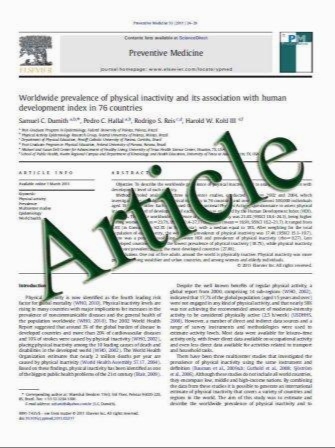Neuronal migration disorders in microcephalic osteodysplastic primordial dwarfism type I/III
- نوع فایل : کتاب
- زبان : انگلیسی
- مؤلف : Gordana Juric-Sekhar Raj P. Kapur Ian A. Glass Mitzi L. Murray Shawn E. Parnell Robert F. Hevner
- چاپ و سال / کشور: 2010
Description
Microcephalic osteodysplastic primordial dwarfism (MOPD) is a rare microlissencephaly syndrome, with at least two distinct phenotypic and genetic types. MOPD type II is caused by pericentrin mutations, while types I and III appear to represent a distinct entity (MOPD I/III) with variably penetrant phenotypes and unknown genetic basis. The neuropathology of MOPD I/III is little understood, especially in comparison to other forms of lissencephaly. Here, we report postmortem brain findings in an 11-month-old female infant with MOPD I/III. The cerebral cortex was diffusely pachygyric, with a right parietal porencephalic lesion. Histologically, the cortex was abnormally thick and disorganized. Distinct malformations were observed in different cerebral lobes, as characterized using layer-specific neuronal markers. Frontal cortex was severely disorganized and coated with extensive leptomeningeal glioneuronal heterotopia. Temporal cortex had a relatively normal 6-layered pattern, despite cortical thickening. Occipital cortex was variably affected. The corpus callosum was extremely hypoplastic. Brainstem and cerebellar malformations were also present, as well as old necrotic foci. Findings in this case suggest that the cortical malformation in MOPD I/III is distinct from other forms of pachygyria–lissencephaly.
Acta Neuropathol (2011) 121:545–554 DOI 10.1007/s00401-010-0748-0 Received: 17 May 2010 / Revised: 9 September 2010 / Accepted: 9 September 2010 / Published online: 21 September 2010


